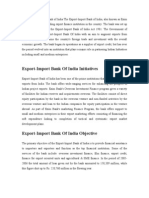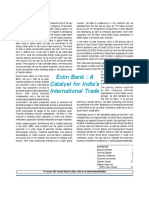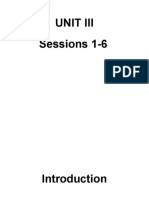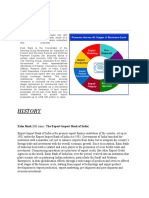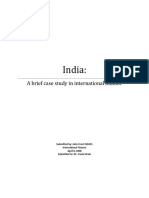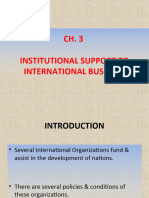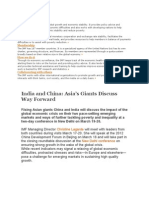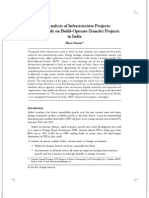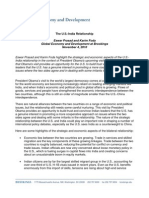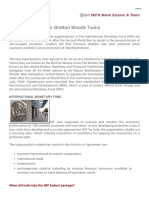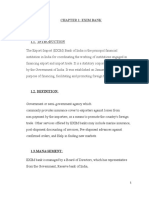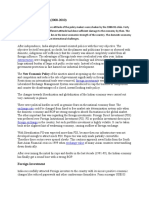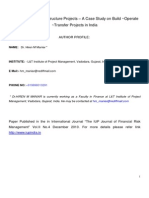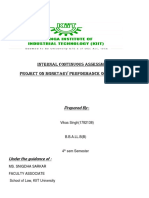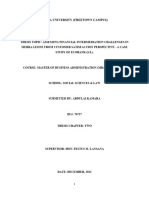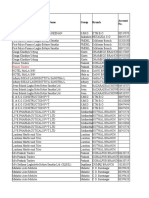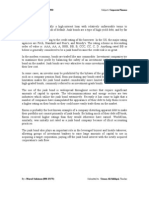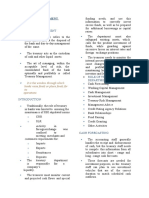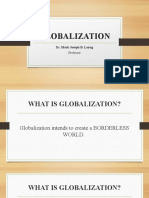0% found this document useful (0 votes)
78 views6 pagesAttributes Growth To Good Economic and Investment Policies
The document discusses efforts by multilateral organizations to increase trade financing availability for developing countries. It notes that over 90% of trade relies on some form of financing. The WTO supports initiatives to strengthen developing country trade infrastructure, including financial systems. While not a financial institution itself, the WTO has supported partners working to boost trade financing where needed. It has examined the issue within its remit and encouraged trade finance liberalization and WTO-compatible support for developing countries. The goal is to help them better integrate into and benefit from the global trading system.
Uploaded by
pushpavathiCopyright
© Attribution Non-Commercial (BY-NC)
We take content rights seriously. If you suspect this is your content, claim it here.
Available Formats
Download as DOC or read online on Scribd
0% found this document useful (0 votes)
78 views6 pagesAttributes Growth To Good Economic and Investment Policies
The document discusses efforts by multilateral organizations to increase trade financing availability for developing countries. It notes that over 90% of trade relies on some form of financing. The WTO supports initiatives to strengthen developing country trade infrastructure, including financial systems. While not a financial institution itself, the WTO has supported partners working to boost trade financing where needed. It has examined the issue within its remit and encouraged trade finance liberalization and WTO-compatible support for developing countries. The goal is to help them better integrate into and benefit from the global trading system.
Uploaded by
pushpavathiCopyright
© Attribution Non-Commercial (BY-NC)
We take content rights seriously. If you suspect this is your content, claim it here.
Available Formats
Download as DOC or read online on Scribd
/ 6

